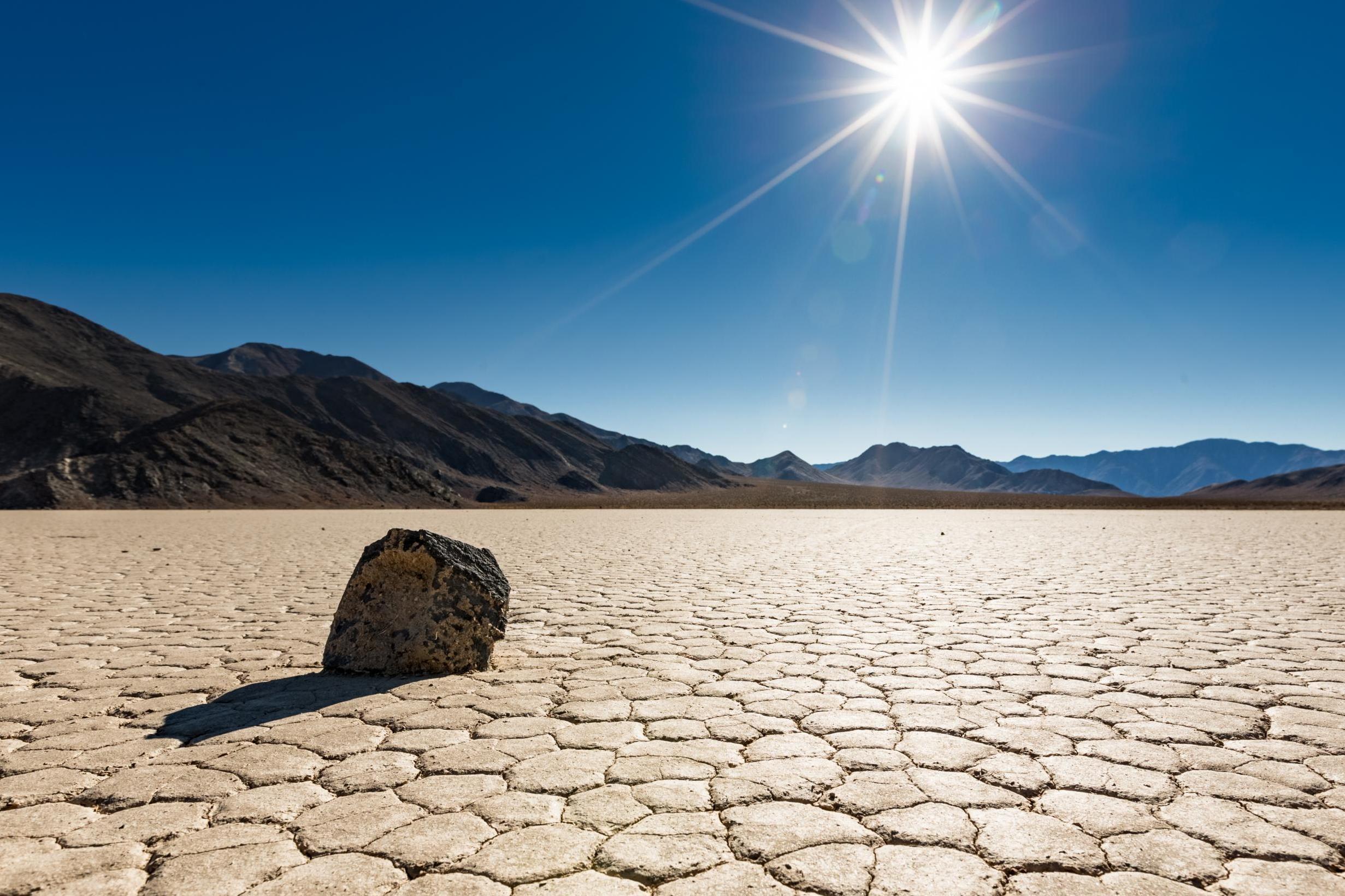Death Valley: Rare 10-mile lake forms in driest area of North America
Death Valley usually receives an average of two inches of rain a year

Your support helps us to tell the story
From reproductive rights to climate change to Big Tech, The Independent is on the ground when the story is developing. Whether it's investigating the financials of Elon Musk's pro-Trump PAC or producing our latest documentary, 'The A Word', which shines a light on the American women fighting for reproductive rights, we know how important it is to parse out the facts from the messaging.
At such a critical moment in US history, we need reporters on the ground. Your donation allows us to keep sending journalists to speak to both sides of the story.
The Independent is trusted by Americans across the entire political spectrum. And unlike many other quality news outlets, we choose not to lock Americans out of our reporting and analysis with paywalls. We believe quality journalism should be available to everyone, paid for by those who can afford it.
Your support makes all the difference.A 10-mile lake has appeared in the middle of the driest spot in the United States.
Death Valley in California, a portion of the northern Mojave Desert, is known for being one of the hottest places in the world - with temperatures frequently reaching over 43C (110F) during the summer months.
But recent heavy rains and flooding have resulted in the formation of a lake in the national park, captured in photos and uploaded to social media by Elliot McGucken.
The photographer stumbled upon the rare phenomenon on March 7 after a storm had severely flooded the area.
While he was hoping to get a glimpse of water in the Badwater Basin, he found the lake instead.
“It’s a surreal feeling seeing so much water in the world’s driest place,” McGucken told SFGate.com. “There’s an irony even though I couldn’t get down to Badwater Basin.
“Overall, I think these shots are probably more unique.”
The lake, according to park officials, is estimated to be about 10 miles long - and the result of nearly one inch of rainfall.
According to weather.com meteorologist Chris Dolce, the 0.87 inches of rainfall that fell early in March made up about one-third of the area’s annual average of 2.36 inches.
Even though it was just a small amount of rain, the extremely dry climate is not able to quickly absorb the water.
“Because water is not readily absorbed in the desert environment, even moderate rainfall can cause flooding in Death Valley,” Dolce explained.
Join our commenting forum
Join thought-provoking conversations, follow other Independent readers and see their replies
Comments